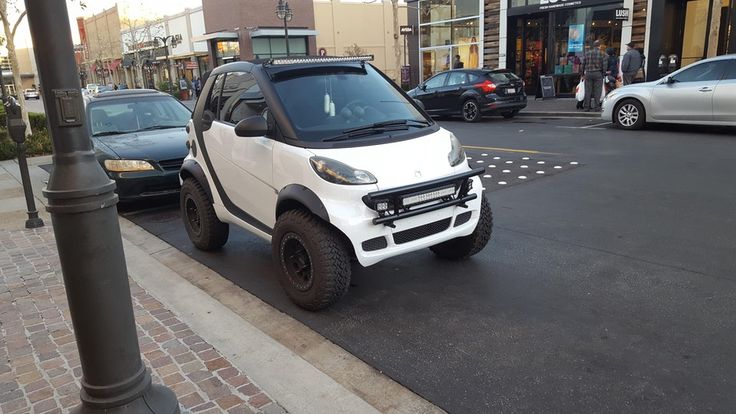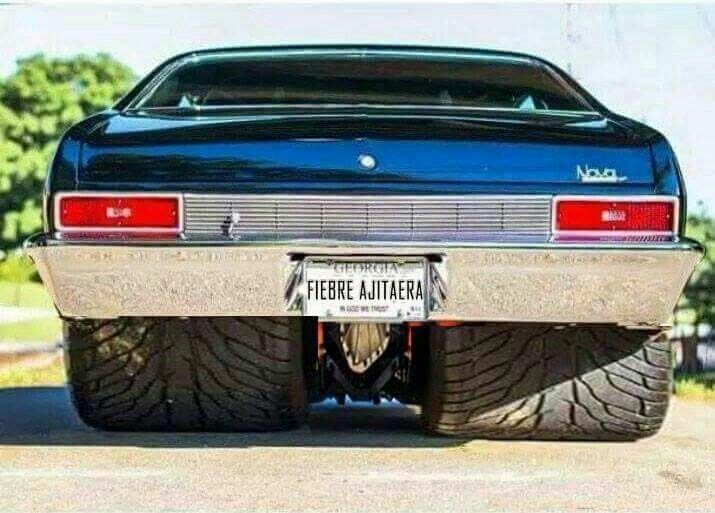To make the car look sportier and more impressive than drivers who often spend more money upgrading wheels and tires…Bigger tires will give more traction, add to the look of the car as well as help reduce some small costs that some original tires cannot do. However, if the resizing tires do not ensure the parameter of the wheel according to the manufacturers, the disadvantage will outweigh the advantage. Can I put bigger tires on my car? Should or Not. Follow up on the article!
Contents
Plus-Sizing and Up-Sizing: What’s The Difference?
The tire often plays the role of transmitting traction to help the vehicle move and decelerate when braking, so it must ensure grip. In addition, this is also a part of the car’s suspension system, it also takes over damping, so it must also have elasticity. Changing your tires not only affects the car’s performance but also prevents unnecessary accidents. Before replacing your tires, we think you should understand the options available for how to change your vehicle. There are two options that can be taken when you want to upgrade your wheels and tires: plus-size and up-size.
Plus-Sizing
Plus-sizing is a popular trend among car enthusiasts. It comes with the process of upgrading your wheels with larger ones while keeping the original rolling diameter of the original equipment (OE) tire. The good news is: Plus-sizing has no effect on the ground clearance or speedometer and in some cases, it features softer compounds for enhanced traction and cornering.
Up-Sizing
Going up a tire size means installing the tires with wider and thicker tires on a wheel that has the same size or larger than your original wheel. Generally, it’s mostly for looks, as there aren’t many performance benefits. Sometimes your braking and traction can improve, but your fuel economy will mostly drop, and your speedometer may skew a bit.
What Happens If You Put Bigger Tires On Your Car?

When a vehicle is released and sold, the automaker has pre-selected a tire suitable for the vehicle’s features and operating characteristics. Along with the original wheels or tire sizes, car manufacturers often offer a few other options for customers. These sizes have been calculated to suit the vehicle, so if you want to change the sizes, we recommend you should follow the guidelines of the manufacturers.
Choosing the wrong tire for the overall size will cause the tire to touch the fender liners during corning or touch many other details on the vehicle, causing damage. Cars are developed with standard tire sizes considering the balance between fuel economy and grip. Choosing bigger wheels on cars may reduce ride comfort, but choosing larger tires can offer some performance benefits.
>> Read more: How To Choose the Best Tires for Your Car
Advantages of putting oversized tires on your car.
Improved traction
Bigger tires mean a larger tread pattern, which also implies a higher level of grip in different conditions. According to the theory of tires, the bigger the tires you choose, the greater the contact area with the road surface. Thus providing better traction. In other words, it allows for better vehicle handling and steering control. And since larger tires have wider sidewalls, it also improves cornering ability.
Better look
Another important reason people choose oversized wheels and tires is to improve the car’s look. The larger size tires give the car a sporty look and make it stand out from the crowd when there are many cars.
Increase ground clearance
Larger tires lift your vehicle higher, which means extra ground clearance. There are some people who usually drive on rough terrain and under off-road conditions. So, to adapt to such terrain and get a better ride, they replace existing wheels and tires for higher ground clearance. You can go over bigger rocks, deeper mud whatever it’s going to make it slightly easier.
Drawbacks of bigger tires.
While some drivers say there are visible downsides to having oversized tires, they can just be called “trade-offs”. A vehicle with oversized tires can be good under certain conditions, but they’re not always appropriate. Here are some disadvantages of larger tires:
Consumes more fuel
Larger tires have more weight, resulting in the engine working harder than usual. Wider tires can increase your vehicle’s rolling resistance, which means your car has to use more power to overcome the “grip” of all that extra traction. As a result, fuel consumption also increases. In addition, When the tires are bigger, it means that the car has to carry a larger amount of air from 20-35%, which increases the specific weight significantly.
Bad acceleration
The steering feels a bit heavier than usual when you have oversized tires installed. A larger tire will have more rubber, which means it will have a much larger road contact patch. The extra weight will result in slow acceleration. Heavy steering causes side wear. So the large tires wear out faster than expected and make your anti-lock brakes fail to operate properly.
Fail speedometer
The technology of a vehicle is aligned with the standard parts or components installed in it. In any case, during the process of upgrading vehicle components, this standard technology may not react correctly. Theoretically, if you’ve changed to a tire that’s significantly larger than the original, the revs will not be accurate. This way larger tires will affect your odometer reading.
For example, oversized wheels between 16 and 19 inches will give false speedometer results. In some cases, the wheel size increases in both diameter and width, causing all parameters of the speedometer calculated by the manufacturer to be incorrect, in some cases, it will easily lead to speed violation levels that the drivers themselves do not know.
Related post: Car Speedometer Not Working – Symptoms, Causes, and Fixes
Cost more budget
All the cost of bigger tires is going to be more expensive. There’s a pretty direct correlation between the size of the tires and the price. Another factor is going to be your gas mileage with bigger tires, they take more energy to turn them, and at the end of the day, you’re going to be paying when you go to the gas pump.
Notes To Be Considered Before Changing Bigger Tires.

If you want to change the tire by yourself, change the tire size to make the car look sportier and more eye-catching, the following things need to be considered:
- According to experts, the size of your wheels and tires must be inversely proportional, if you increase the wheel size by 1 inch, you must reduce the thickness of the tire by 1 inch. However, you should not overdo this because the tires are thin, the grip is too high, and the suspension will not work properly compared to the original design, greatly affecting the safety of the car. Follow the manufacturer-recommended increase size (1-2″), so if you have a 16″ rim, don’t go larger than 18″.
- Changing a wider tire requires recalculating the ratio of the height of the sidewall to the width of the tire so that the overall diameter of the wheel at this time does not change much.
- The tire has a thinner sidewall which reduces the margin of elasticity, adds sportiness with a better feel for the driver, cornering is more enjoyable and the suspension feels stiffer, but this also makes the car bumper.
- A new tire size with an outside diameter that is too large or too small compared to the original tire will cause other systems on the vehicle to malfunction, such as the speedometer, fuel consumption indicator, automatic transmission, and ABS brakes…
- In addition to the size parameters, when changing tires, it is also necessary to consider the maximum load index and the speed. Accordingly, these two parameters should not be lower than the original tire.
How Big Of Tires Can I Fit For My Truck?
As consumers search for a tire that can fit their truck, many factors determine whether a certain tire is a good choice. The issue is not simply whether the tire can fit on your truck with the correct height and width. Let’s break down how you can accurately determine what the big tires for trucks are?.
Truck tires are available in a wide variety of sizes to suit different types of trucks. Therefore, you should note that not all tires can be fitted to your vehicle. First of all, the drivers need to determine which type of truck they are using. Then check that the tire they intend to buy has the correct parameters recommended by manufacturers. Each truck model is designated on the tire with the following symbols:
- P (Passenger vehicle): Tires for passenger cars or minivans.
- LT (Light truck): Tires for light trucks, pickup trucks
- ST (Special Trailer): Special tractor tires
Tire size needs to be compatible with the vehicle. For example, larger trucks are more likely to be fitted with bigger, “plus-sized” tires. While smaller trucks may need to go with smaller tires. In addition, you need to notice the size of the rims. Tires that are too large may not fit your rims. Prompting you to purchase new tires or modify truck rims to accommodate the additional dimensions.
You can refer to the manual to find the information about the biggest tire you can put into your truck. There, the automakers recommend the most suitable tire sizes (both larger and smaller) for the vehicle. On average, if your truck isn’t lifted, you can fit tires up to 33″. In the case of the undercarriage, you can find a good set of 37” or more tires to fit.
Final Thoughts
The role of tires is not only in performance and fuel economy but also in their ability to withstand large loads. So when you make the decision to replace the tire, especially in case you want to change to a bigger size. Consider the factors and refer to the manufacturer’s detailed instructions to choose suitable tires. “Can I put bigger tires on my car?” Of course, you can, but this is not supported by auto experts because of potential risks. Hopefully, the article will give you more interesting information.



